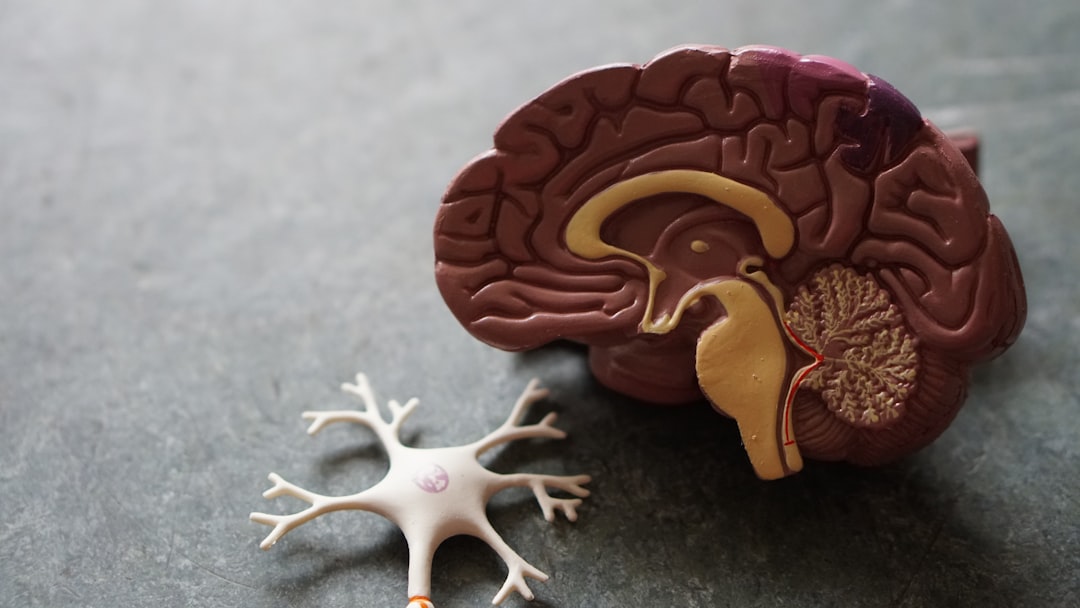What is it about?
A type of neuron found in the spinal cord (called V2a neurons), that are not required for breathing in healthy animals, are capable of restoring diaphragm function to animals with a cervical spinal cord injury when activated by a drug. Activating V2a neurons can restore diaphragm function hours, days or weeks after injury. These V2a neurons most likely improve breathing by providing excitatory input to the motor neurons innervating the diaphragm that allows them to respond to the spared pathways from the brainstem that are too few or too weak to activate the diaphragm after injury.
Featured Image

Photo by Hal Gatewood on Unsplash
Why is it important?
This study show that neurons capable of restoring breathing after injury are not necessarily the same neurons most important for driving breathing prior to injury. This study also shows that V2a neurons, which were previously shown to be important for recovery of locomotor function after injury, are also critical drivers of recovery of breathing.
Read the Original
This page is a summary of: V2a neurons restore diaphragm function in mice following spinal cord injury, Proceedings of the National Academy of Sciences, March 2024, Proceedings of the National Academy of Sciences,
DOI: 10.1073/pnas.2313594121.
You can read the full text:
Resources
Contributors
The following have contributed to this page










